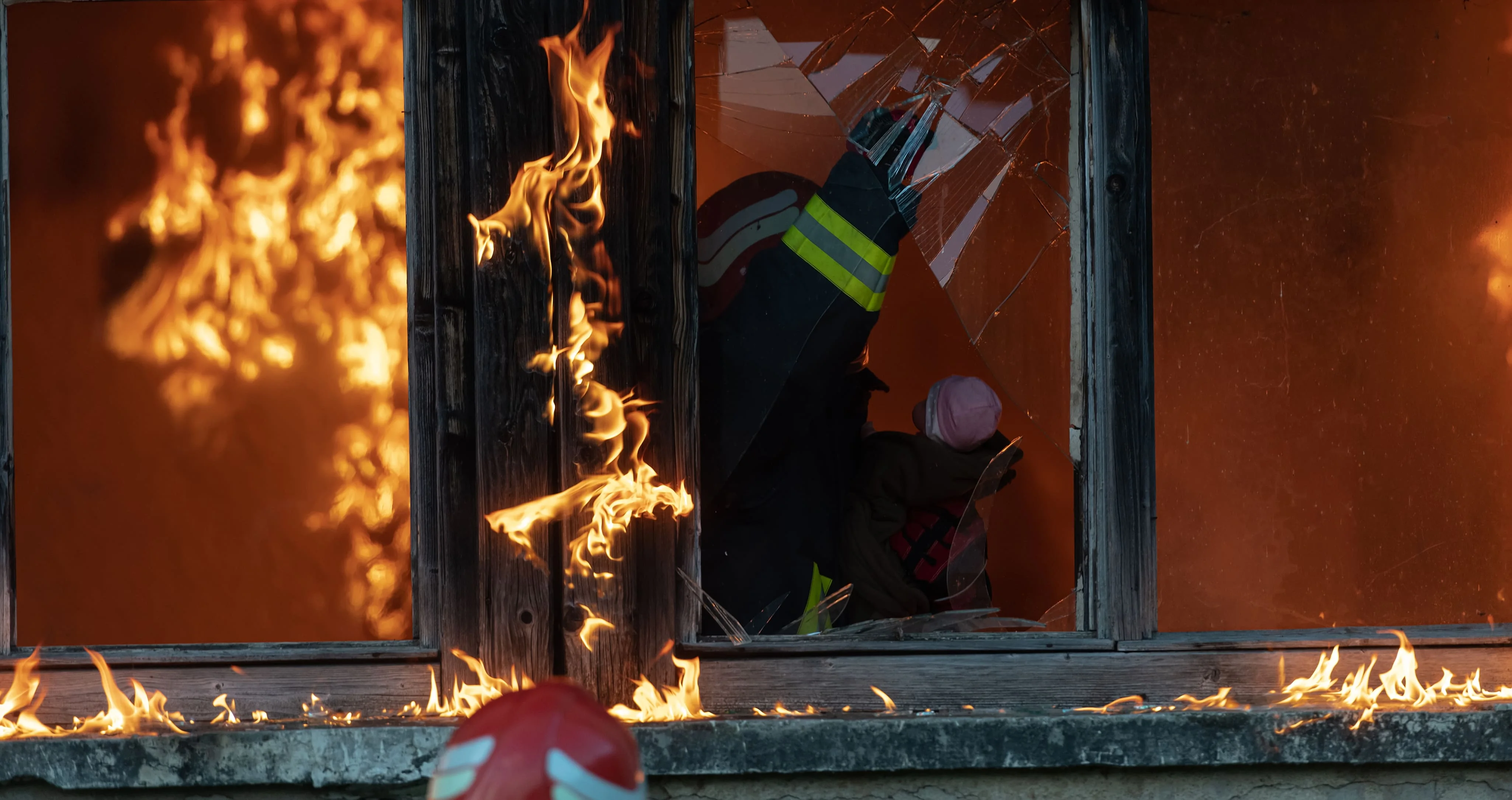Fire Damage Assessment: A Comprehensive Guide

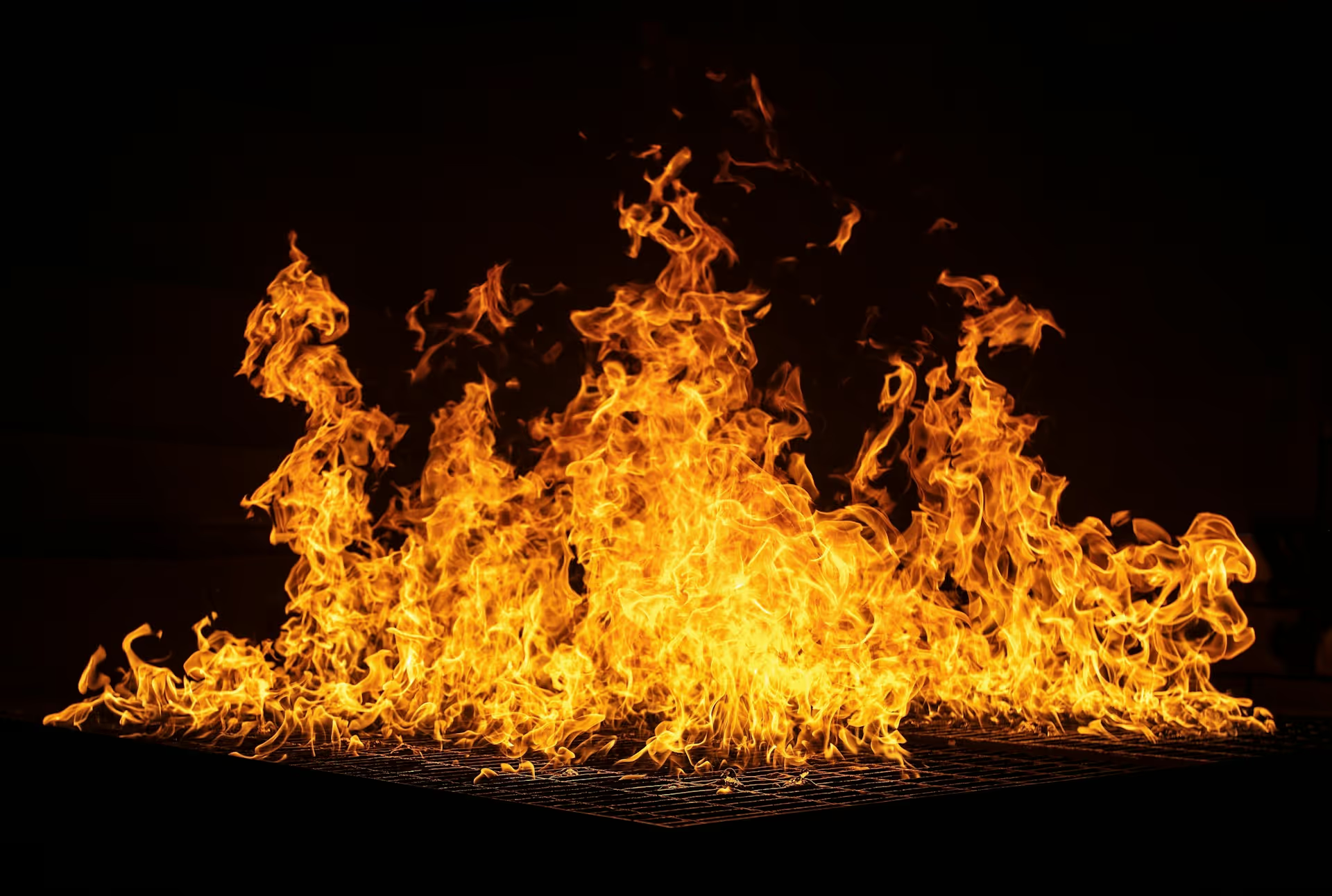
At first glance, understanding fire damage assessment might seem like a pretty daunting task. However, it’s crucial for anyone involved in firefighting, arson investigation, or post-fire mitigation to grasp this. The aftermath of a fire presents its own set of unpredictable challenges. This makes the ability to evaluate fire damage indispensable.
In this post, we’ve meticulously crafted a guide to help navigate through the uncertainties associated with damage by fire. We’ll provide you with essential insights and equip you with the necessary tools, so that you can familiarize yourself with fire damage indicators and recovery procedures (so you can confidently tackle the aftermath of a blaze).
At Blazestack, we recognize the importance of making well-informed decisions when dealing with fire-related incidents. Join us as we take a deep dive into all things fire damage. From comprehending fire behavior to mastering fire damage restoration techniques, we’ve got you covered. Whether you’re a seasoned fire fighter, an arson investigator, or someone who wishes to contribute to fire-related endeavors, let this guide be your companion for fire damage inspection. Let’s get started.
Table of Contents:
In this comprehensive guide to fire damage inspection, we’ve broken down the entire process into easy to understand, bite-sized sections. From understanding how fires start to how they spread, what kind of damage they can cause, and we’ve explained the effects of smoke, soot, water, and chemicals when it comes to structural fire damage assessment.
We’ve also taken a closer look at the most important methods that are used in smoke damage evaluation. This includes the steps that are involved in the fire damage restoration process and examining its impact on fire damage clean-up and repairs. We’ve addressed the importance of safety and health considerations when dealing with damage from fire as well.
Furthermore, we’ve outlined the significance of documentation and the importance of certification and continuing to learn and keep growing in skills and knowledge.
By the end of this guide, our aim is to equip you with a comprehensive understanding of fire damage inspection techniques.
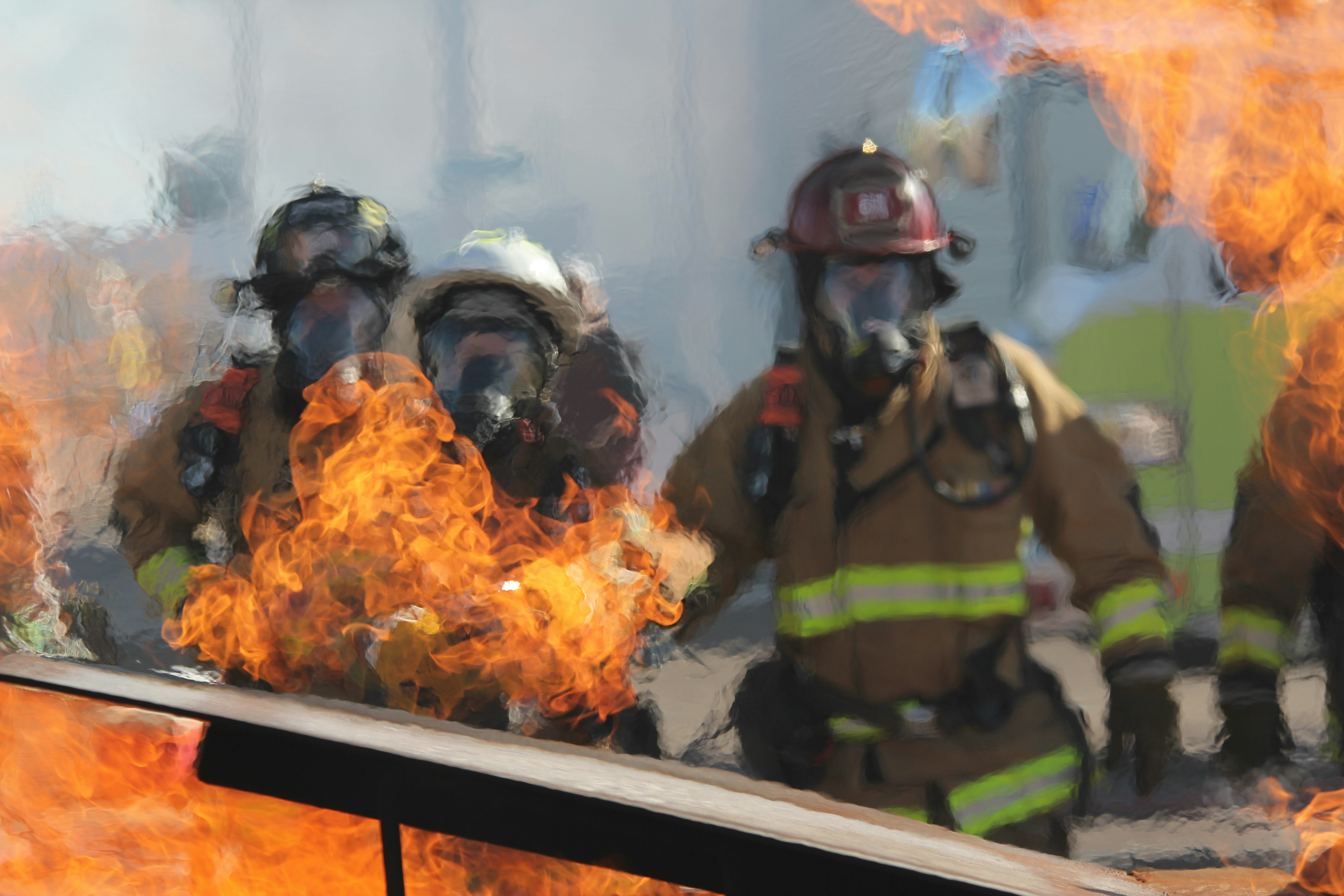
Understanding how fire behaves is the first step in managing its aftermath effectively.
At its core, combustion is the process that drives the fire. When self-ignition occurs, it involves the chemical reaction between the material (known as the fuel) and oxygen and it ignites. This reaction emits light, heat, smoke, and gasses.
Normal fire usually starts with ignition, which could be a result of several things, including electrical faults, open flames, or even overheating equipment. Once ignited, a fire will continue to burn, so long as there's an adequate supply of fuel, heat, and oxygen to sustain the reaction. Understanding this process is crucial to those working in fire damage assessment, as the nature of the combustion is the greatest indicator for the extent of damage by fire.
With that said, it would then mean that different materials will burn in different patterns, producing varied heat, smoke, and soot. Consequently, these variations have significant implications for fire damage restoration and analysis strategies. By understanding the combustion process, fire damage assessors can anticipate and address the effects of fire readily.
Here, we’ll describe the phases of the fire. From inception to cessation, each stage presents unmistakable characteristics and distinct challenges:
Ignition Stage
This stage marks the start of the fire. It indicates how and where the fire originated. Fire investigators must be able to ascertain the ignition point because it provides valuable insight into the fire’s cause and initial conditions.
Growth Stage
During this stage, the fire escalates quickly (both in size and intensity). At this point, combustible materials become increasingly involved. This fuels the fire’s expansion. This phase is characterized by the escalating heat levels and the rapid spread of flames.
Fully Developed Stage
This stage represents the peak of the fire’s intensity. During this stage, all combustible materials are ignited. The flames reach their maximum height and temperatures soar. This creates a hazardous environment for both property and life.
Decay Stage
The final stage of fire is the decay stage. This is where the fire diminishes as it exhausts its fuel source (or is extinguished by the efforts of firefighters). This marks the gradual decline of the fire and leads to its cessation.
By knowing these phases, fire damage assessment is properly guided. The analysis of these stages helps guide decision-making in regard to the allocation of fire damage restoration efforts and ensures resources are effectively directed to areas most in need of attention.
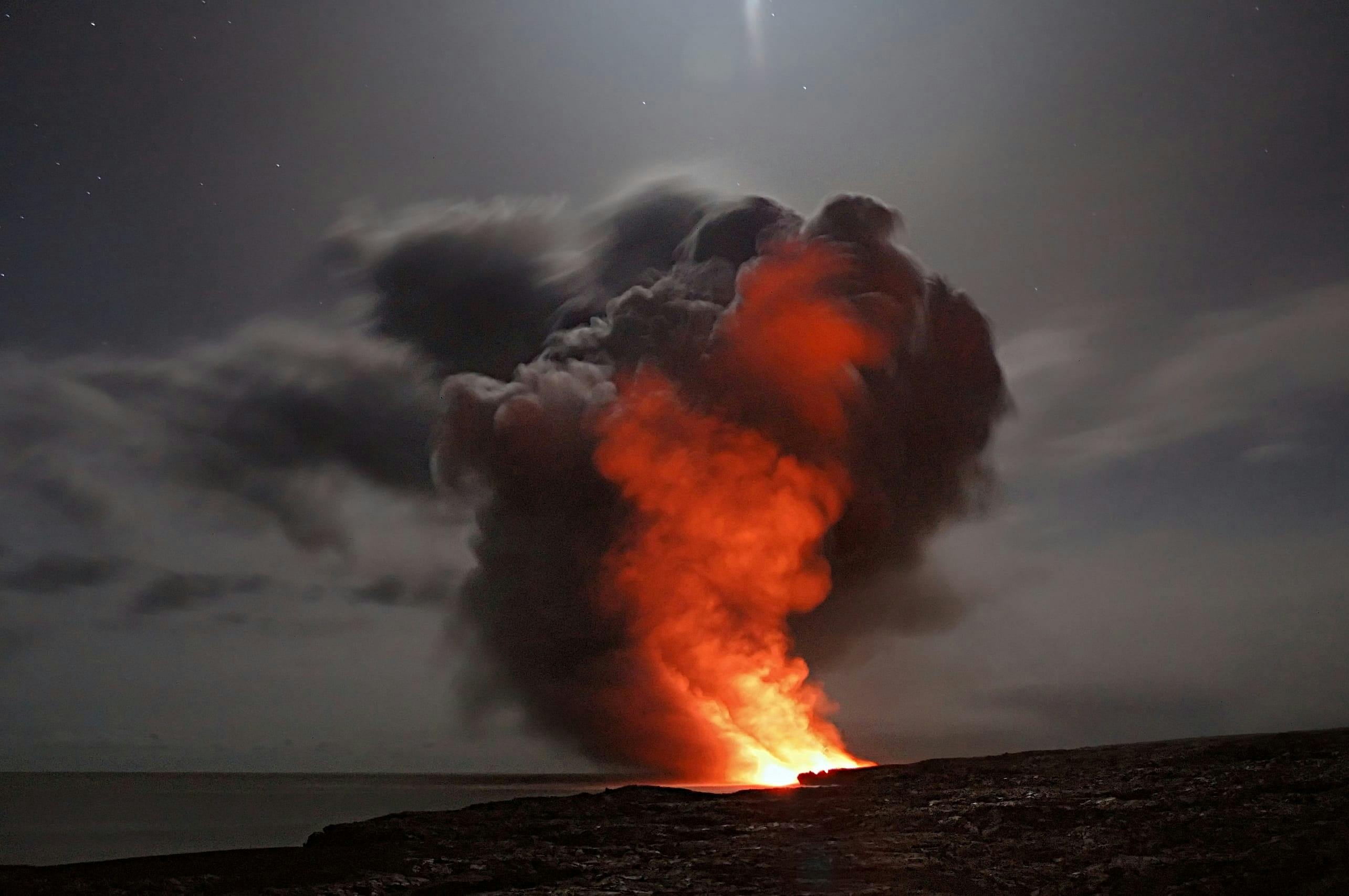
Fires are categorized by the materials that fuel them, each requiring different approaches for handling and assessing damage. The main types include:
Understanding the type of fire that occurred is critical to assessing the damage caused by it and further steps used for cleanup and restoration.
Now, let's delve into each type with a detailed description:
Structural Damage
Fire structural damage affects the core integrity of both residential and commercial buildings. Such issues demonstrate what intense heat and flames can do against the framework, walls, and building foundation. The loss to the extent of the damage due to the fire should be thoroughly assessed for carrying out the necessary repair and rebuilding efforts. Structural damage also needs to be understood for planning, building, restoration and safety assurance.
Surface Damage
Surface damage refers to the easily visible damage shown on the inside and outside surface components of a building exposed to fire. Signs of surface damage include blistered paint, charred finishes, and melted fixtures. These indicate the fire’s impact on the building’s appearance and functionality. These, therefore, call for a detailed examination and renovation of the surface for it to achieve its original look and functionality.
Material Damage
Material damage pertains to deterioration or breakdown of the materials inside the property. This includes things such as furniture, textiles, and personal belongings. Fire damage may make these items useless and require reasonable care for evaluation to know what can be salvaged and what needs replacement. This is the type of damage that hampers the full restoration process, hence the need for extremely serious damage assessments.
Smoke and Soot Damage
Fire damage resulting from smoke and soot is usually insidious. This is because it extends beyond the visibly affected area. Damage from smoke involves residues and odors left behind by substances that are gaseous, which affect air quality and leave soot on surfaces and belongings. Professional fire damage clean-up and restoration services are typically required to mitigate the effects of soot and smoke damage. This aids in restoring the environment to a safe and habitable condition.
Water and Chemical Damage
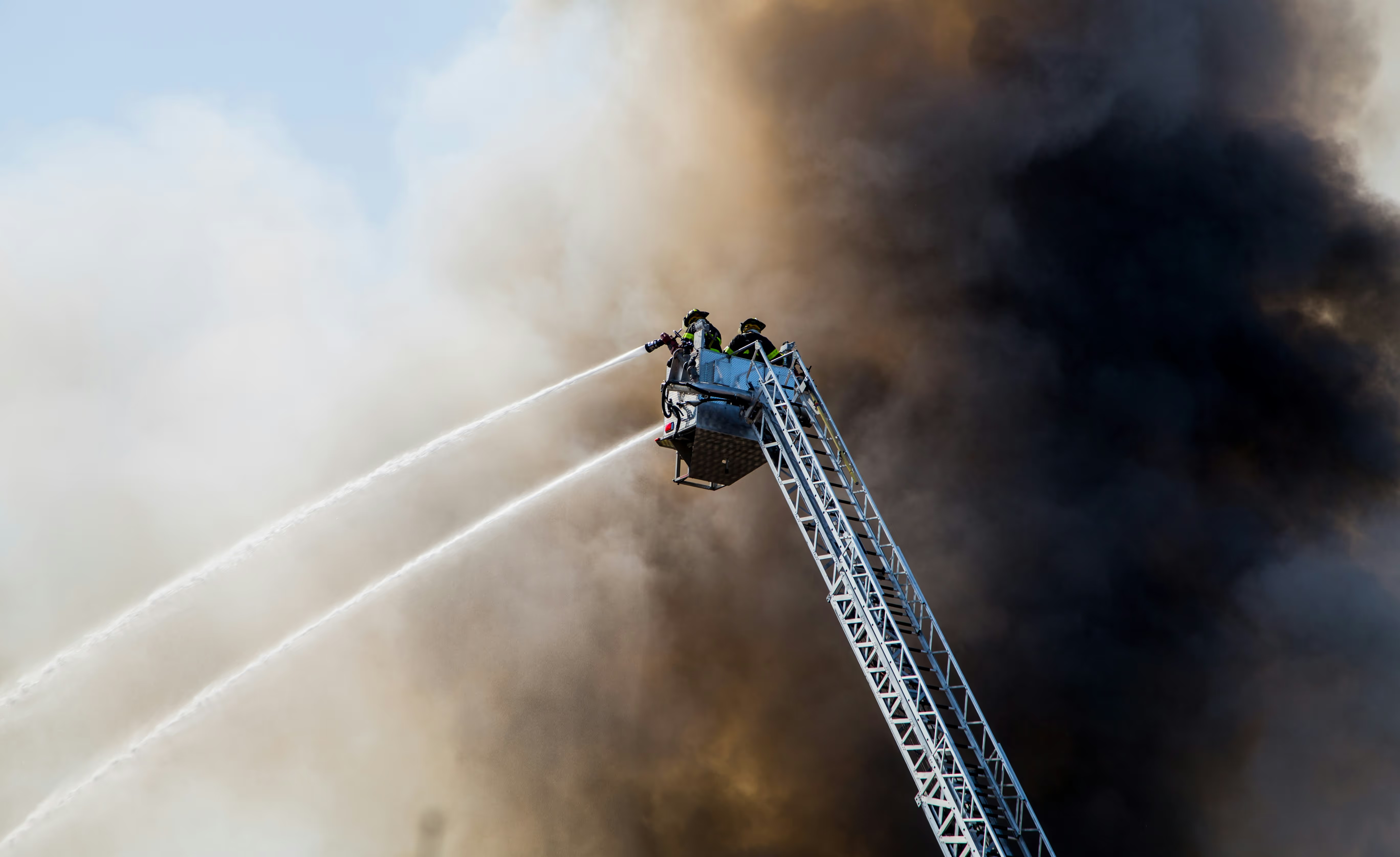
Water and chemical damage stem from the fire fighting suppression methods that are utilized during the fire incident. In its mightiness, water can soak into materials with the possibility of mold growth, later leading to structural problems, while the chemicals used in fighting the fire can leave hazardous residues. This is likely the type of damage that needs to be repaired for further deterioration prevention just to make the building be occupied safely.
In order to accurately provide a fire damage assessment, it’s crucial to understand smoke damage evaluations and devise effective restoration strategies:
Visual Inspection
The assessment of fire damage begins with a visual inspection. In other words, the investigator spends some time checking the place for damage signs that can be easily identified by human eyes. Inspectors will look for soot, charring and structural fire damage in determining the extent of the fire’s spread. Visual assessment helps in the rapid determination of the situation and directs the necessity of further detailed evaluations. With visual fire damage inspection, investigators can prioritize areas requiring immediate attention and give a timely response to prevent further damage. It's a foundational aspect of fire damage inspection, setting the stage for deeper analysis.
Sampling and Testing
Sampling and testing delve deeper than the human eye can view. This technique involves collecting materials from the surface, including smoke residue and samples of air quality, for further analysis in laboratories. The goal is to identify the presence of hazardous materials such as asbestos or any toxic chemicals released during fire. Sampling and testing help to derive detailed information about environmental safety and the impact on any material affected by fire. Such data contributes much to the process of planning cleanup and restoration, as this would only be done to address all hazardous potentials.
Structural Integrity Assessment
Immediately following a fire, the structural fire damage assessment begins. This process tests the firmness and stability of the framework of the building. Experts will consider signs of damage to bearing walls, supports, and foundations. It is important to understand how the fire damage has affected the structure. This crucial aspect of a fire damage assessment aids in preventing the potential collapse and proper planning of repair works. Structural integrity assessment ensures that whatever restoration is carried out is set on a safe and strong foundation.
Thermal Imaging
Thermal imaging is used to detect the affected areas and sources of heat that may not be visible to the naked eye. It’s highly effective in identifying anomalies. Examples of this include hotspots, water damage and electrical faults.
Temperature changes can be found using a thermal camera to highlight areas of concern where further investigation is necessary. This method enhances the investigation of fire damage, seeing that it offers quality results that can make it possible to know the impact of the fire, hence targeting restoration.
Fire damage restoration is one of the most crucial steps following a fire incident. It focuses on returning the property to its former condition through a series of several strategic steps:
Cleaning
Cleaning is the first step in the fire damage restoration process. It’s significant for addressing smoke damage and conducting fire damage cleanup.
This is the removal of soot, ash, and other residues from surfaces, in order to prevent any further damage to the property.
Fire damage cleaners will utilize tailored cleaning methods to ensure thorough cleaning without exacerbating existing damage.
This sets the groundwork for more detailed restoration but is an important part of fire damage cleanup itself.
Deodorization
The smell of smoke can linger in material long after the fire has come and gone.
One of the most indispensable steps in fire loss estimation is deodorization. It is a process used to rid these materials of offending odors, not masking them. They use advanced methods and solutions in the restoration of odor molecules to a neutral nature.
Proper deodorization ensures a healthier environment, restoring the quality of air that allows the continued living of a particular space. The whole process is important for that matter to ensure a complete recovery from fire damage since it leads through both visible and invisible signs of fire.
Repair and Reconstruction
Fire damage repairs tackle both structural and aesthetic damages to a property. This stage encompasses a range of activities. These include minor repairs such as painting and replacing fixtures. It also includes construction work and rebuilding of damaged building components.
The goal is to restore the property to its original state or even take this opportunity to improve upon it. The process, therefore, is the setting out of steps, mechanisms, and implementations that ensure all aspects of fire damage removal are addressed, making the property once again safe and welcoming.
Salvage and Disposal
Salvage and disposal is about determining what to save and what to throw away. Salvaging is part of the fire damage removal process. It consists of inspecting the materials to decide what can be saved through cleaning and repair efforts and what must be discarded. Salvage, at times, is very useful. It can be cost-effective and preserve valuable possessions.
However, safety considerations dictate that any materials posing a risk must be appropriately disposed of. Fire damage removal and cleaning is a critical part of this phase, as it clears the way for effective fire damage restoration and helps reduce the overall impact of fires on property and the environment.
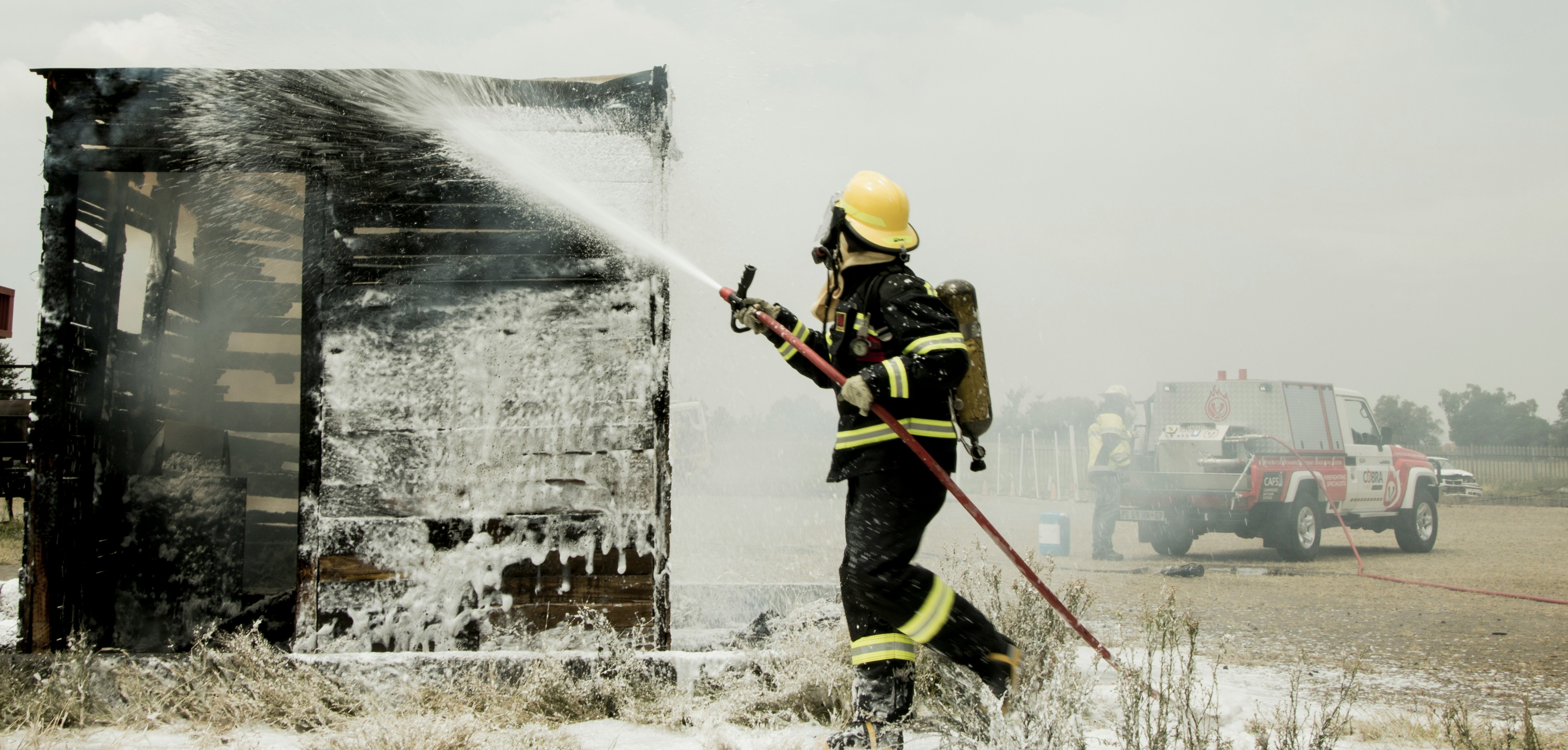
Ensuring safety and health is paramount during the fire damage restoration process to protect everyone involved.
Personal Protective Equipment (PPE)
Personal protective equipment, popularly known by the abbreviation PPE, is important for anyone entering fire-damaged environments. Among the necessities are gloves, masks, and goggles, along with protective clothing, designed to protect against dangerous matter such as soot and ash, possibly holding chemicals released during a fire.
By wearing PPE, workers dealing with damage from fire reduce the risk of injury as well as any health hazards associated with direct contact to materials damaged by fire. PPE ensures that the people involved in restoration work can handle their work safely and with minimal risks for holding, cleansing, and repairing activities in secure environments.
Hazardous Materials
Fire incidents may generate hazardous materials that must be handled and disposed of correctly during the fire damage restoration process. These materials could include asbestos, lead, and various other dangerous chemicals that pose a huge risk to health if not taken care of properly.
These need to be evaluated by professionals who participate in fire damage clean-up and restoration. Depending on their evaluation, appropriate, safe removal and disposal should be undertaken. This protects workers as well as safeguards the property and environment from further contamination.
When it comes to fire damage assessment, documentation and reporting are crucial following the fire incident. This provides a clear path for restoration and claims processing:
Detailed Records
Keeping detailed records involves the process of documenting all forms of damage from the initial visual signs to the results of in-depth fire damage evaluations. The practice of record-keeping lays the foundation for the fire damage assessment report (and guides restoration efforts).
Furthermore, these records are invaluable for insurance claims, providing a general overview that supports the need for repairs and replacements. Proper documentation ensures transparency and efficient work in the restoration process.
Estimates and Reports
Creating accurate estimates and comprehensive reports is a critical step in the fire damage assessment process. This involves evaluating the detailed records of the damage to determine the scope of work needed for restoration and the associated costs. The fire damage assessment report not only outlines the damages but also serves as a detailed proposal for the necessary repairs and their estimated expenses.
Fire investigation software such as BlazeStack provide an invaluable tool for those involved in the aftermath of fires. It helps with fire damage assessment reports and case management. Here’s how BlazeStack changes the game for fire damage assessors and others in the field:
- Mobility: Fully accessible on multiple devices including PCs, tablets, and mobile phones. This allows fire damage assessors to work from anywhere.
- Automation: Automates repetitive tasks, saving time and increasing productivity throughout fire damage assessments.
- Collaboration: Collaborate and share data among others involved in the fire damage process while enhancing teamwork and information exchange.
- Comprehensive Documentation: Capture detailed fire damage assessments, record scene observations, and upload essential documents effortlessly. This way, no vital details are overlooked during the fire damage inspection process.
- User-Friendly Customization: Intuitive and customizable to individual workflows, making it a breeze for fire damage assessors to adapt and optimize their fire damage process.
BlazeStack, takes the industry to new heights - and allows users to avoid making common fire investigation software mistakes with its easy to use and intuitive design.
Fire damage assessment reports are crucial for insurance purposes, facilitating the claims process by providing a clear and detailed justification for the cost of restoration. Accurate estimates and detailed reports ensure a smooth transition from assessment to restoration, aiding property owners in managing the financial aspects of recovery.
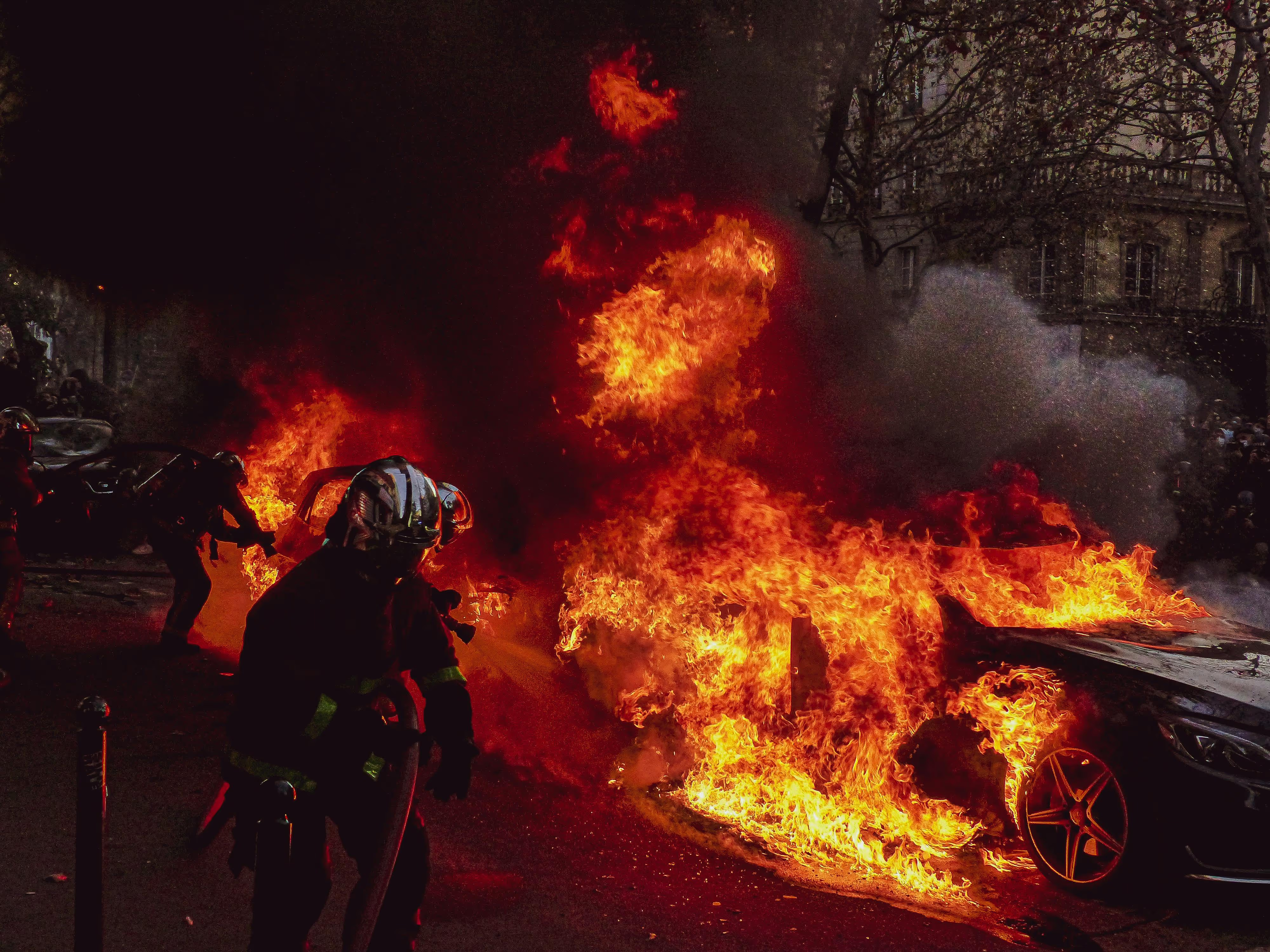
Building expertise in fire damage assessment and restoration requires a commitment of continuing education and skill enhancement.
Certification and Training
Both certification and training are foundational steps for professionals in the fire damage restoration field. These programs provide individuals with the kind of skills that are needed to assess any fire damage with precision and thus take necessary steps for restoration.
Participants can learn how to apply modern techniques in cleaning up fire damage, the safety procedures to follow, and the right equipment when dealing with fire damage.
Certification from recognized bodies authenticates the expertise of an individual, making the person trustworthy to clients and employers. It equips professionals to be able to tackle even the most complex issues of fire damage.
Continuous Learning
Continuous learning is an absolute necessity in the dynamic field of fire damage and restoration. Professionals must stay up-to-date on any new technologies and advancements in methodologies within the fire-scene.
This commitment towards continuous education includes attending workshops, seminars, and conferences, alongside staying informed on the latest research and publications on smoke damage evaluation. The fire damage assessment learning process will ensure that professionals perfect their skills and competencies.
It’ll also ensure that they bring innovation to their approaches for addressing the challenges in fire damage restoration and repairs.
Lifelong learning is a proponent of these fire-knowledge-based practices. It contributes to the safety, efficiency, and effectiveness of fire damage restoration and assessment.

In conclusion, navigating the complex aftermath of a fire with a clear understanding of numerous aspects is essential. Those aspects include the behavior, types of fires, and the intricacies of fire damage and the methodologies to assess it.
Of course, the types of fires also present their own unique challenges and concerns. It’s dependent on the structures, surfaces, materials, and air quality. This underscores the importance of an accurate structural fire damage assessment and fire damage evaluation for residential and commercial buildings. By utilizing visual inspections, sampling, testing, and modern techniques like thermal imaging, the fire damage assessment execution is handled properly. This knowledge guides immediate responses and better informs the fire damage restoration process.
Safety and health issues are of prime importance. Personal protective equipment is essential, and the handling of hazardous materials is critical for the safety of workers involved in assessment and restoration efforts. These measures serve as the basis for the preparation of precise estimates and are essential in the insurance claims process.
Moreover, there is significant emphasis on the value of certification, training, and importantly, continuous learning. With the evolving landscape of fire damage restoration, professionals in the industry are advised to pursue ongoing education to enhance their capability to assist and restore communities affected by fire.
At BlazeStack, we understand the importance of fire damage assessment and its role in methodically evaluating components, leading ultimately to determine structural stability.
We also know that fire damage assessment takes a lot of paperwork - and we aim to make case management easier, more efficient, and more productive for all those involved in a fire or arson investigation.
Trusted by Public and Private Investigator Teams Everywhere
Whether you're a big state agency, a small local fire department or somewhere in between, Blazestack software (NFPA 921® & CJIS compliant) collects fire scene data and generates standardized origin and cause reports in a fraction of the time of other methods.
To learn more about Blazestack, give us a call at (866) 303-4344 or email us at support@blazestack.com
Get Your Free 14-Day Trial and Custom Price Quote Now
We'll let Blazestack do the talking. Try it out right now for free.
A member of our staff will be in touch shortly.

